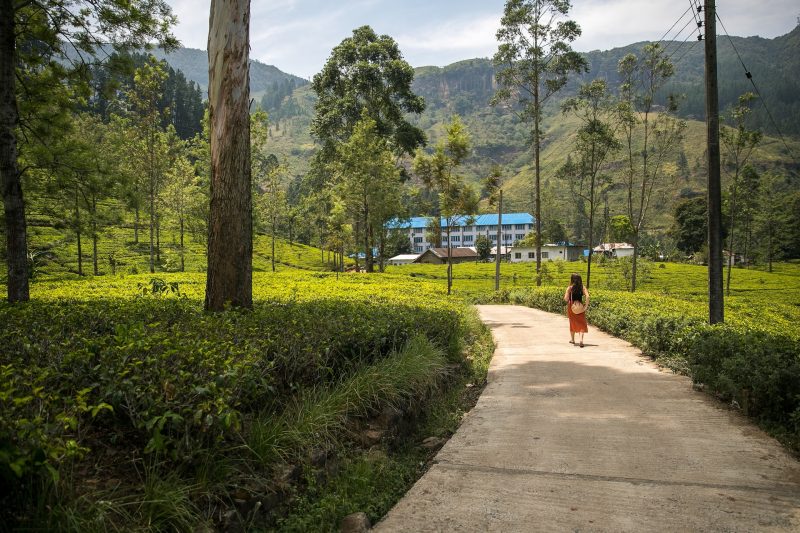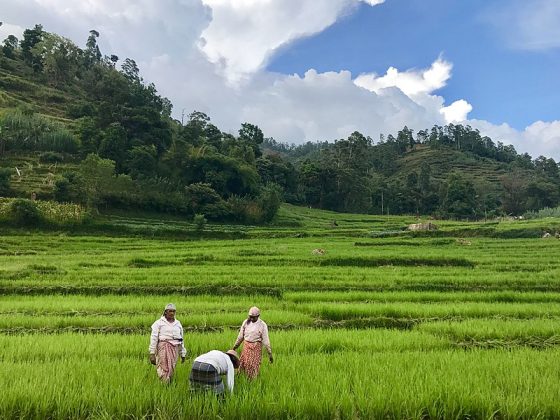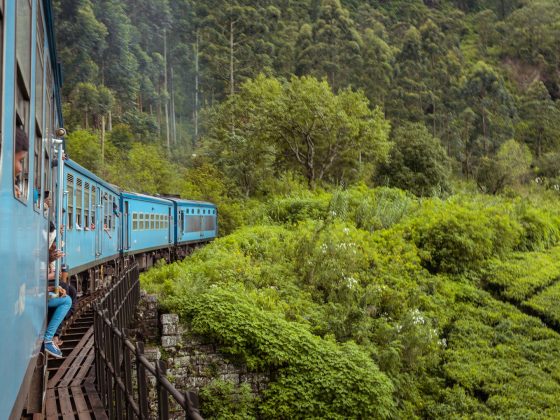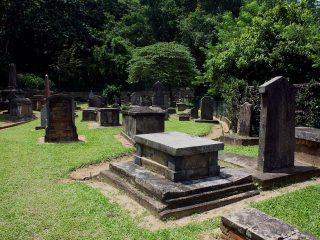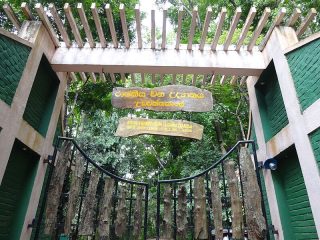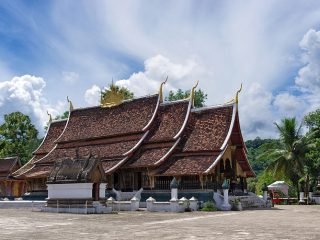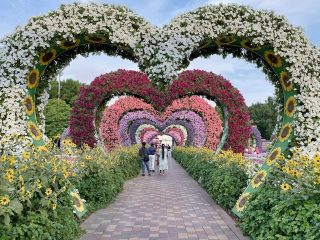Considered the island’s most prized export and commodity, Ceylon Tea is world-famous for its rich flavour. Here’s the rich history behind the world’s favourite cup of tea.
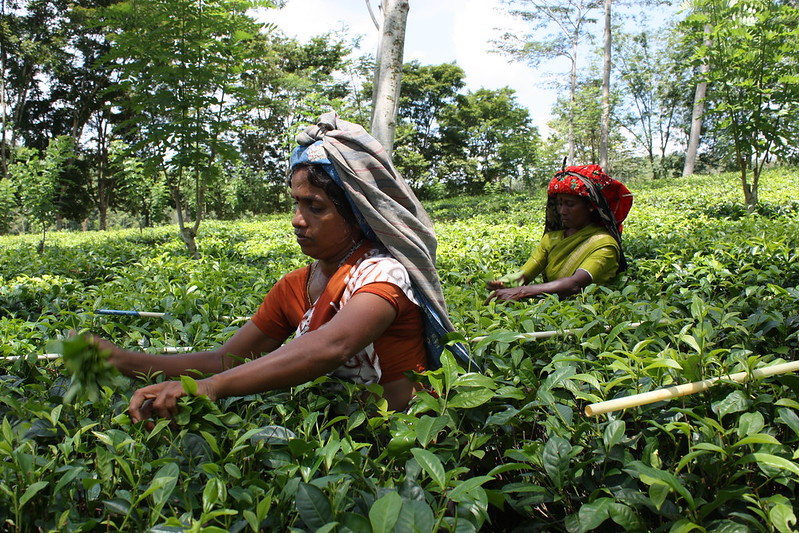
Failed Beginnings
Tea lovers around the world might be surprised to find that Sri Lanka was chosen as a cultivation hub for tea during the British colonial era due to how badly coffee plantations fared on the island. Coffee was introduced to local soil decades before tea but failed to produce the desired results so tea plants from China were planted in the Sri Lankan hills in 1867 by Scotsman James Taylor. He initially grew tea on 19 acres of land in Kandy at what is now known as the Loolecondera Estate.
The First Factory
A factory was set up in the country estate by Taylor soon after and this tea factory at Loolecondera Estate was the first on the island. Leaves were often rolled by hand while the processing was done on clay stoves fired by charcoal. James Taylor is also responsible for manufacturing the basic machinery required for rolling tea leaves and with his innovative successes, and the colonialist was able to send 23 pounds of pure Ceylon Tea to the British capital, just one year after establishing the first tea estate.
Heartland of Tea
Nearly two hundred years after the events discussed above, Sri Lanka has become one of the world’s largest and highly-renowned tea producers while also branching out to producing not only black tea but also green and silver-tip or white tea.
Tea Tourism
Today, a vast majority of the tea estates are concentrated in the central hills in areas such as Nuwara Eliya, Kandy, Hatton and Passara. Tourists based at Stafford Bungalow and other colonial Nuwara Eliya bungalow properties converted into hotels will have easy access to these tea estates and factories.

